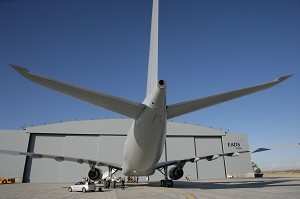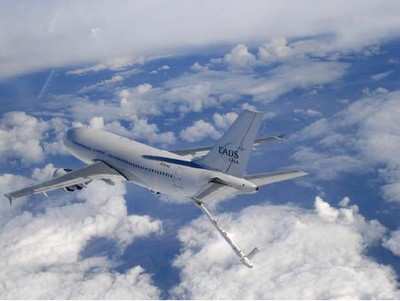Tue, May 08, 2007
Advertisement
More News
 Airborne 11.05.25: Tesla Flying Car?, Jepp/ForeFlight Sold, A220 Troubles
Airborne 11.05.25: Tesla Flying Car?, Jepp/ForeFlight Sold, A220 Troubles
Also: AFE25 Tickets!, Jamaica Recovery, E-Aircraft at Boeing Fld, Diamond DA50 RG Cert Elon Musk is once again promising the impossible…this time, in the form of a Tesla tha>[...]
 Airborne 11.07.25: Affordable Expo Starts!, Duffy Worries, Isaacman!
Airborne 11.07.25: Affordable Expo Starts!, Duffy Worries, Isaacman!
Also: Louisville UPS Crash Aftermath, Taiwan Boosts Pilot Pool, Spartan Acquires, DON’T MISS the MOSAIC Town Hall! This three-day Affordable Flying Expo brings together indoo>[...]
 Aero-News: Quote of the Day (11.05.25)
Aero-News: Quote of the Day (11.05.25)
“Our strategic partnership with AutoFlight, backed by their substantial technological expertise and tangible advancements in eVTOL airworthiness, represents a significant mil>[...]
 ANN's Daily Aero-Linx (11.05.25)
ANN's Daily Aero-Linx (11.05.25)
Aero Linx: British Gliding Association (BGA) The British Gliding Association is the governing body for the sport of gliding in the UK and members are the 76 clubs that provide glid>[...]
 NTSB Prelim: Cirrus Design Corp SR22
NTSB Prelim: Cirrus Design Corp SR22
While Descending Toward ASN, He Advanced The Throttle, But The Engine Did Not Respond On October 2, 2025, at 1126 central daylight time, a Cirrus SR22, N812SE, was substantially da>[...]
blog comments powered by Disqus





